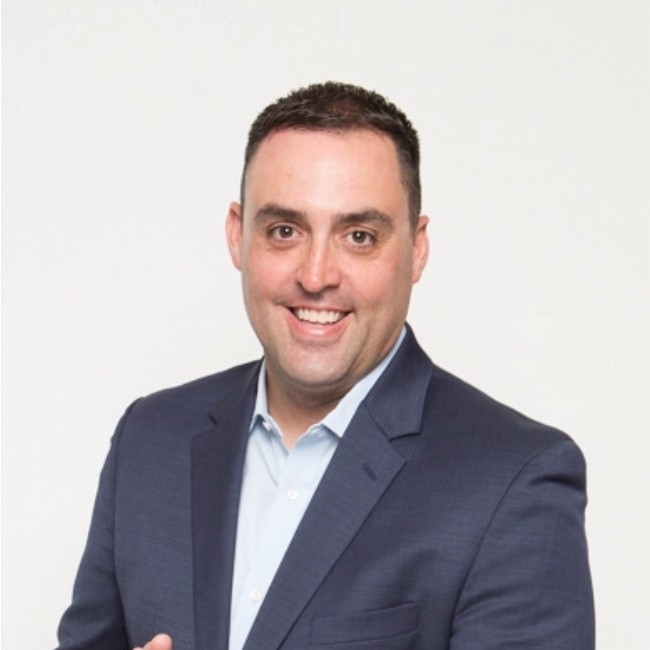Jul 13
2020
Hidden Cost Drivers In Healthcare
By Ben Forrest, CEO, Olio.

Healthcare spending in the United States is higher per-capita than in any other OECD country. Reasons for this unfortunate distinction are many and varied—uncoordinated care, specialty Rx, underutilization of palliative care—but there many hidden factors driving costs for providers.
Re-admissions remain a focus and albatross on the system. They can be incredibly expensive for hospitals, especially if the patient is being treated in a value-based relationship with a payer.
The Affordable Care Act placed a much heavier burden on healthcare providers to prevent readmissions within a 30-day window after discharge, and punishment from government payers can be swift and ruthless. In October 2019, Medicare cut payments to more than 2,500 hospitals, to the tune of $563 million over one year. Hospitals are already feeling a budget crunch from the loss of elective surgeries during the COVID-19 pandemic, so administrators are managing smaller margins.
A well structured value-based arrangement is only as effective as its infrastructure and care model behind it. Given that hospitals discharge patients to dozens, if not hundreds, of nursing homes and home health agencies, it can be difficult to maintain adequate communication across the care continuum. There are a number of ways to improve coordination with post-acute community partners, and hospital administrators and heads of population health should consider the following when developing a plan to address re-admissions:
Connect with other population health leaders
Population health is a fairly new concept in the world of healthcare, and as such, it is normal for hospitals to struggle with its importance compared to traditional metrics of success. Only over the last couple of years have health systems had much of an economic stake in the success of their entire intertwined network of care, but it is time for health system leaders to share and adopt best practices faster.
The head of population health, whether they are a physician, executive nurse, or administrator, should be constantly assessing industry best practices through groups like the Population Health Alliance. Industry associations exist to advance knowledge in the field and support leaders across the various stakeholder groups. Forums and means to consume information are easier and more transparent (i.e., participating in webinars, summaries, analytics) in the field than ever before. Most best practices are low cost, high-value initiatives.
Know your real post-acute network
To move the needle on readmissions, one must know where the health system has historically discharged patients. Building a reliable post-acute network is a first step in the process, but too many hospitals are not prepared for what comes next. A small network of SNFs is manageable for case management to visit.
Unfortunately, that is not the reality of where patients land for most provider organizations. Nearly every population health leader I have ever spoken to has underestimated the number of SNFs to which their hospitals discharge—typically by a factor of five!
Discharged patients aren’t just ending up in nursing homes and assisted living facilities, they are also being discharged to a litany of home health agencies and rehab centers. If an ACO patient is discharged to a provider outside of the “preferred network,” no one at the health systems or physician is tracking their progress.
Those patients can be off the radar for two or three weeks before returning to the emergency room and being readmitted. Suddenly the risk-bearing entity is dealing with costly readmission as part of a prolonged episode of care, and leaders had no way to anticipate it.
Communicate in real-time
If the real number of facilities in a hospital’s post-acute network is 50, 100, or even 200, it is simply unrealistic to expect care management to cover that much ground. This is where tech and software can make their life easier. Their time is better spent monitoring all facilities in real-time through an online platform.
Healthcare spending continues to increase each year, but there are plenty of opportunities in each market to move the needle for providers and their patients. It just takes a bit of research and a lot of communication across the aisle of acute and post-acute care.